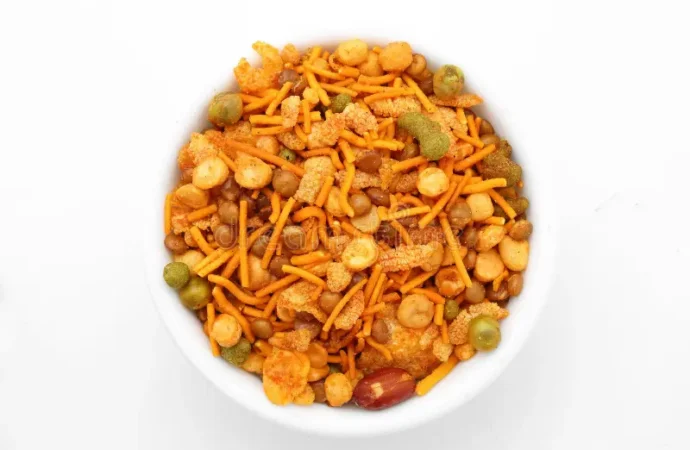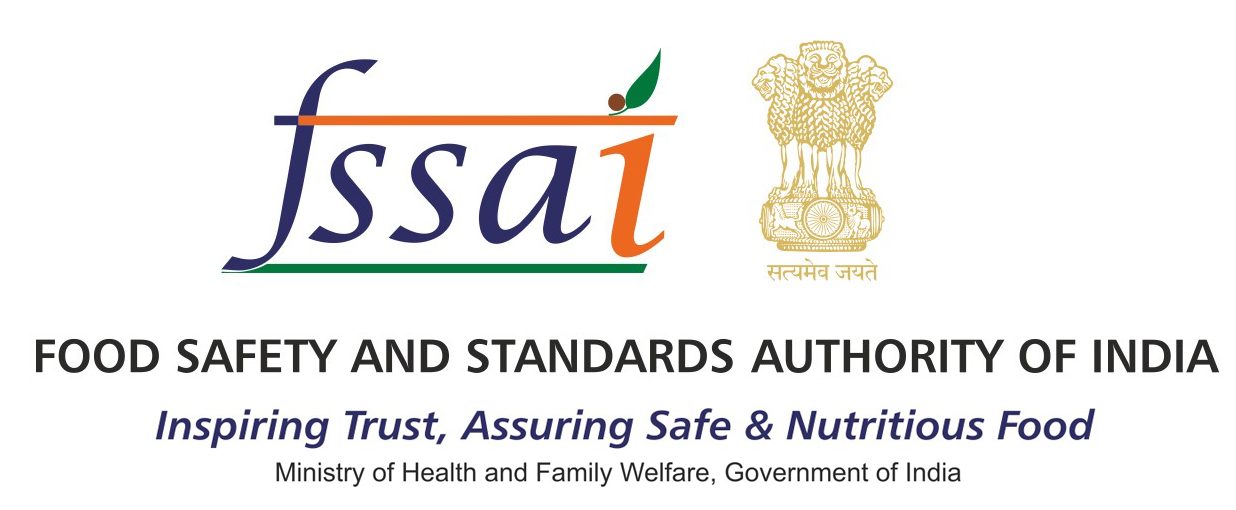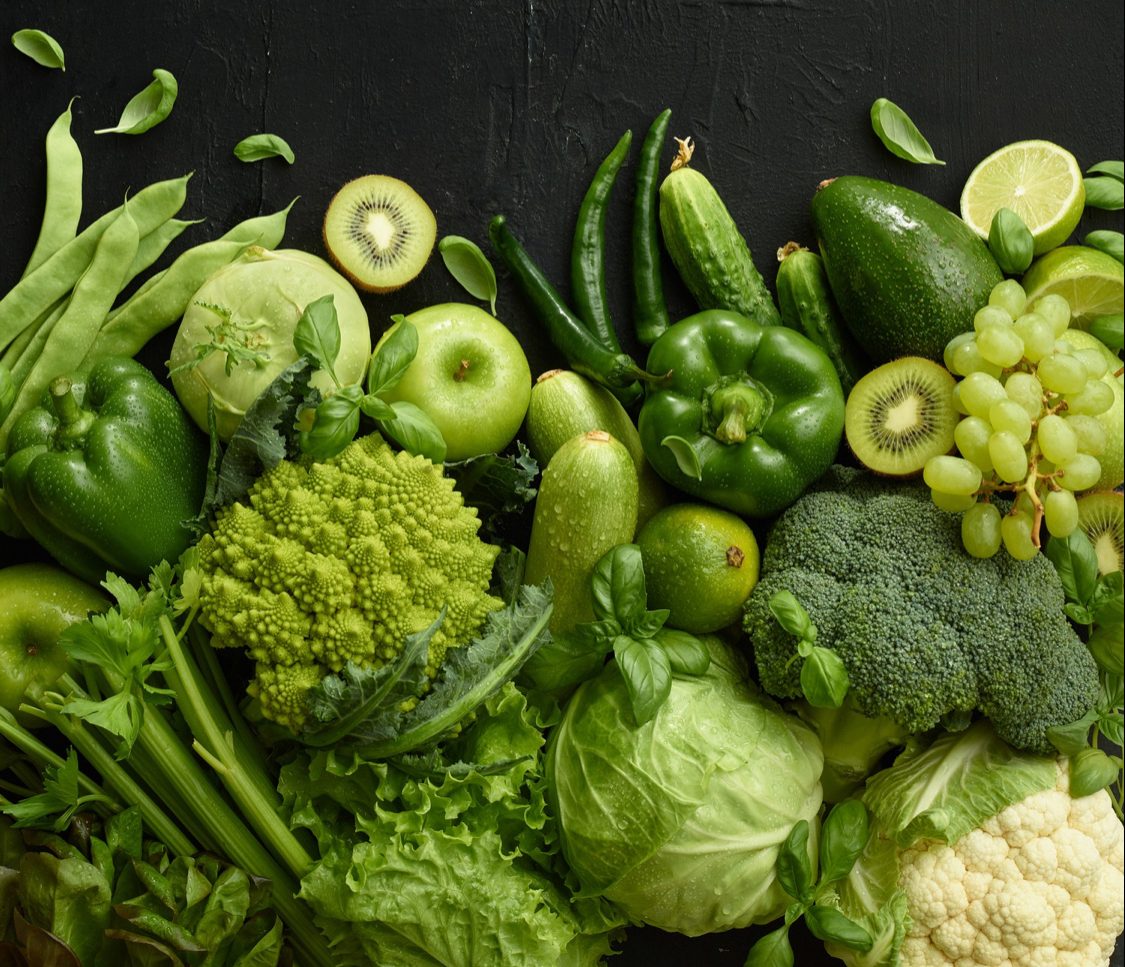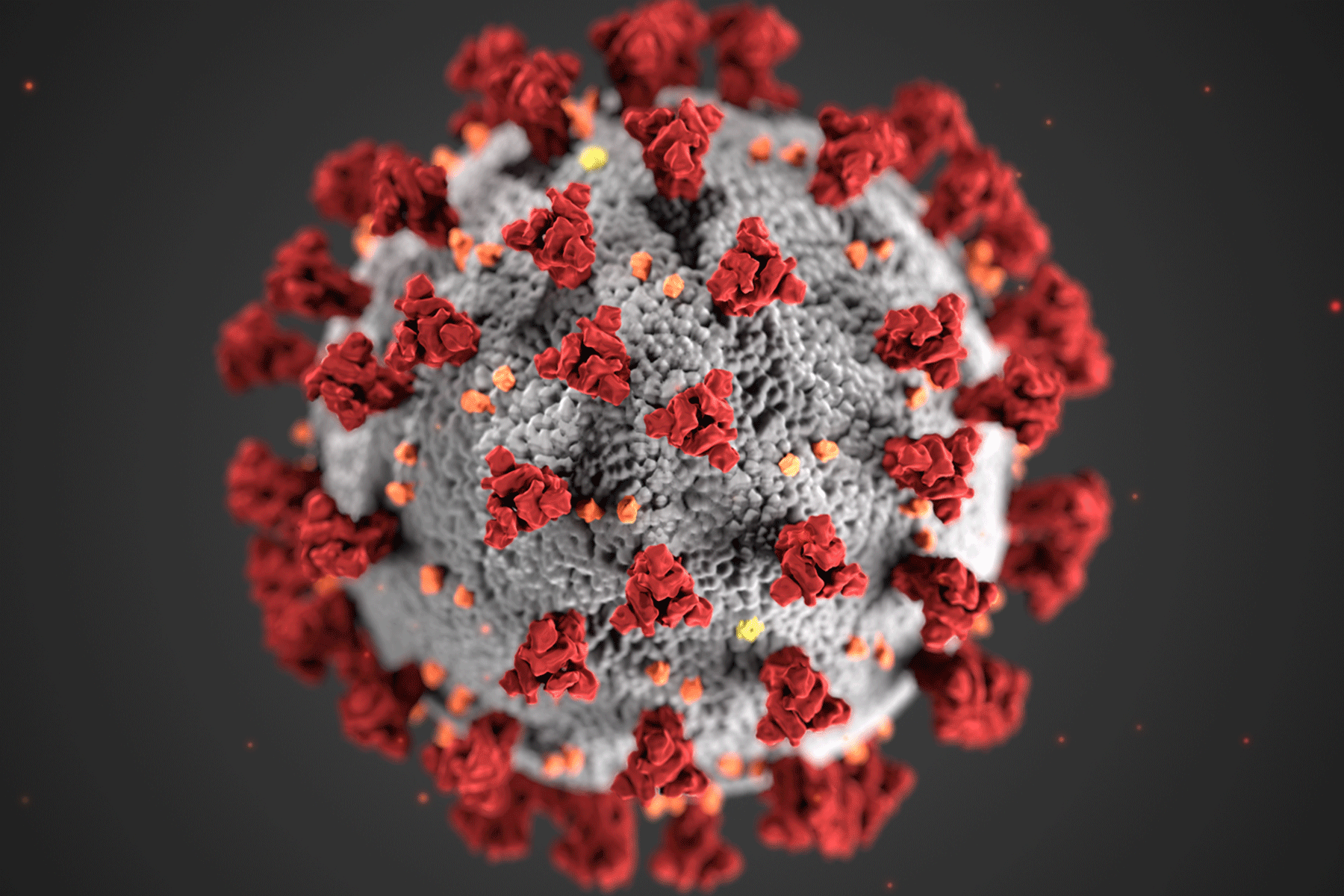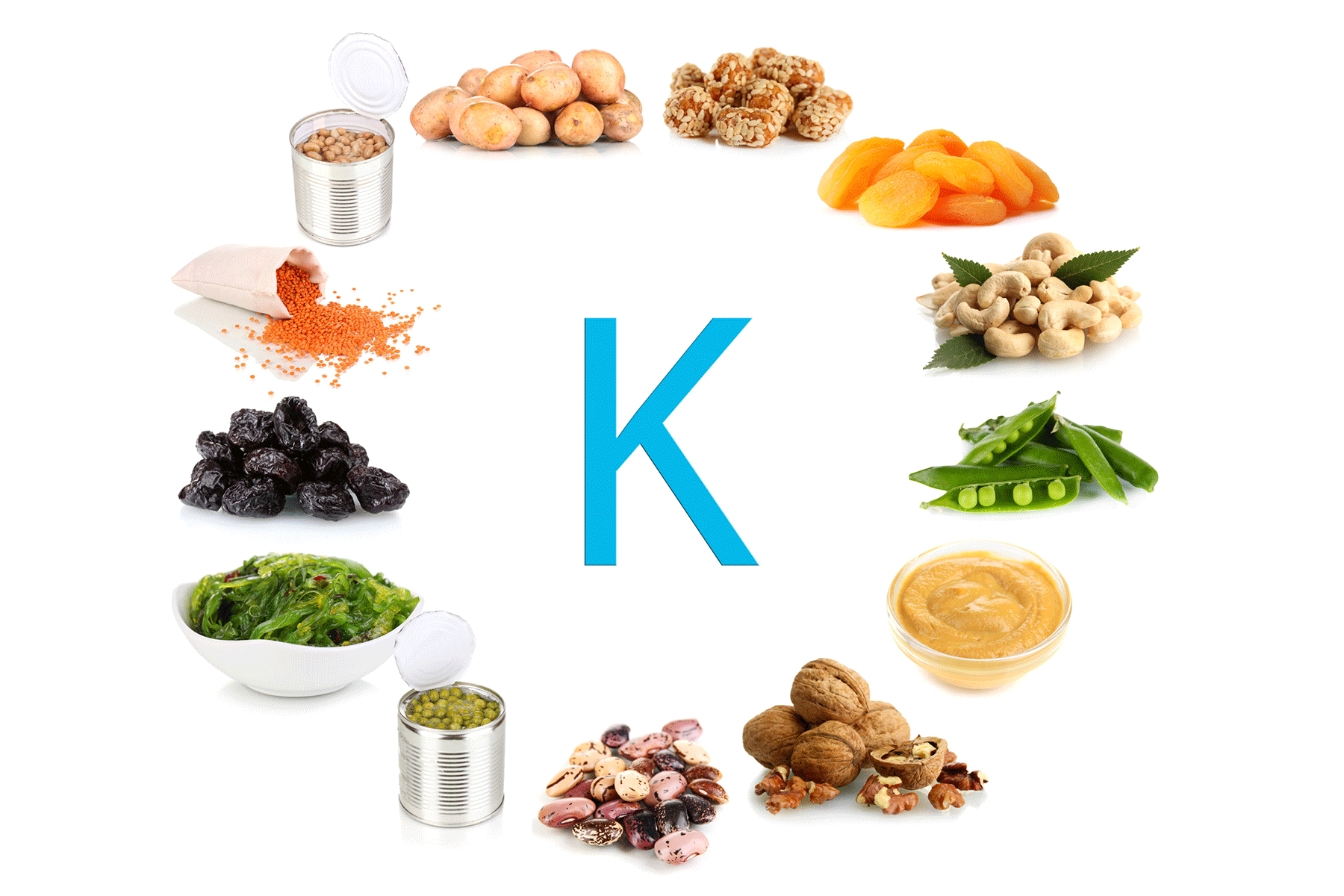Authors: Kochurani Abraham, Linda Joise George & Sunitha Poulose
Introduction
The mixture, a widely consumed Indian snack known for its vibrant colours and diverse flavours, is traditionally composed of gram flour noodles, peanuts, puffed rice, and spices. To enhance its visual appeal, many vendors incorporate artificial food dyes, including yellow, red, and green. However, the use of non-food-grade and unauthorized dyes presents significant health hazards. Prolonged consumption of adulterated mixture snacks has been associated with severe health concerns, including cancer, allergic reactions, and damage to the liver, kidneys, and thyroid. This investigation examines the prevalence of artificial colour adulteration in mixture snacks and underscores the need for stringent food safety regulations.
Objective
This study aims to assess the extent of artificial colour adulteration in mixture snacks, evaluate the associated health risks posed by non-food-grade dyes, and advocate for stricter regulatory measures to protect public health.
Method
To determine the presence of artificial colourants, a woollen thread was immersed in an acidified solution containing the food sample and subjected to boiling until the thread absorbed the dye. The wool was then washed and treated with dilute ammonia; the removal of colour indicated the presence of an acid synthetic dye. This procedure was repeated with fresh wool, followed by dye extraction and concentration. The presence of basic dyes, which resist ammonia treatment, signified the use of unapproved colourants.
Key Findings
The analysis of the mixture snack sample revealed the presence of an unidentified artificial colouring agent responsible for its yellow hue. Common adulterants detected in such snacks include tartrazine, a permitted synthetic dye, and metanil yellow, a non-permitted, toxic dye. While tartrazine is allowed within regulated limits, excessive consumption has been linked to allergic reactions and hyperactivity. Conversely, metanil yellow poses serious health risks, including liver toxicity, carcinogenic effects, and gastrointestinal disorders.
Conclusion
The findings highlight the inadequate enforcement of food-grade colourant regulations, contributing to the widespread use of harmful, non-permitted additives in snack products. Addressing this issue requires stricter regulatory oversight, including frequent inspections and stricter penalties for violations. Additionally, raising consumer awareness about food adulteration and incorporating advanced testing methods into routine food safety assessments are essential for protecting public health and maintaining the integrity of products such as mixture snacks.
 Food Manifest
Food Manifest 